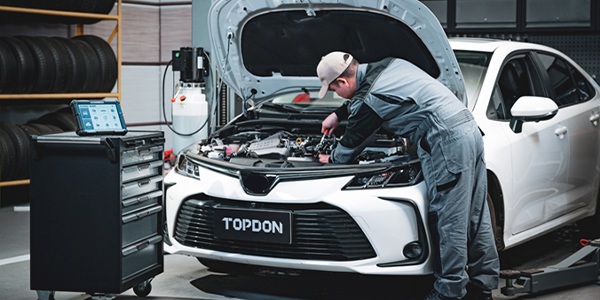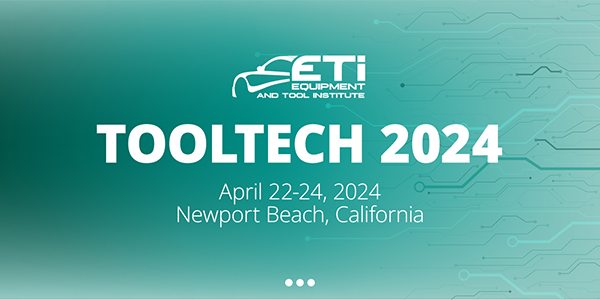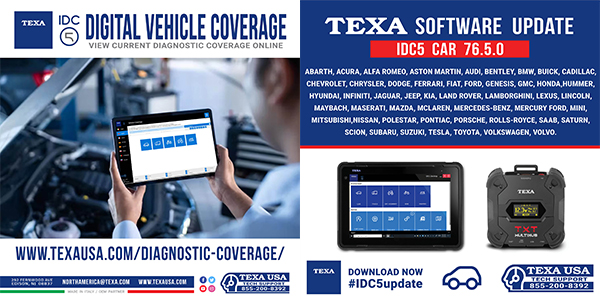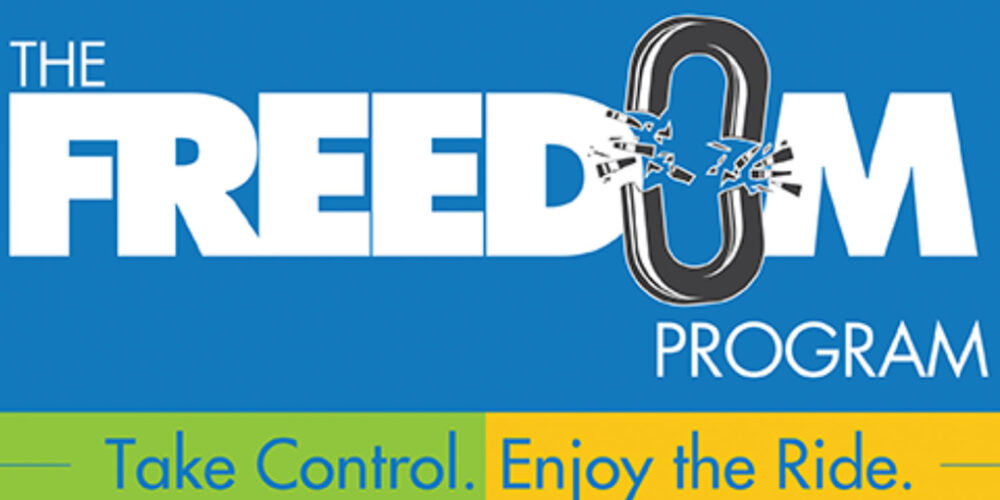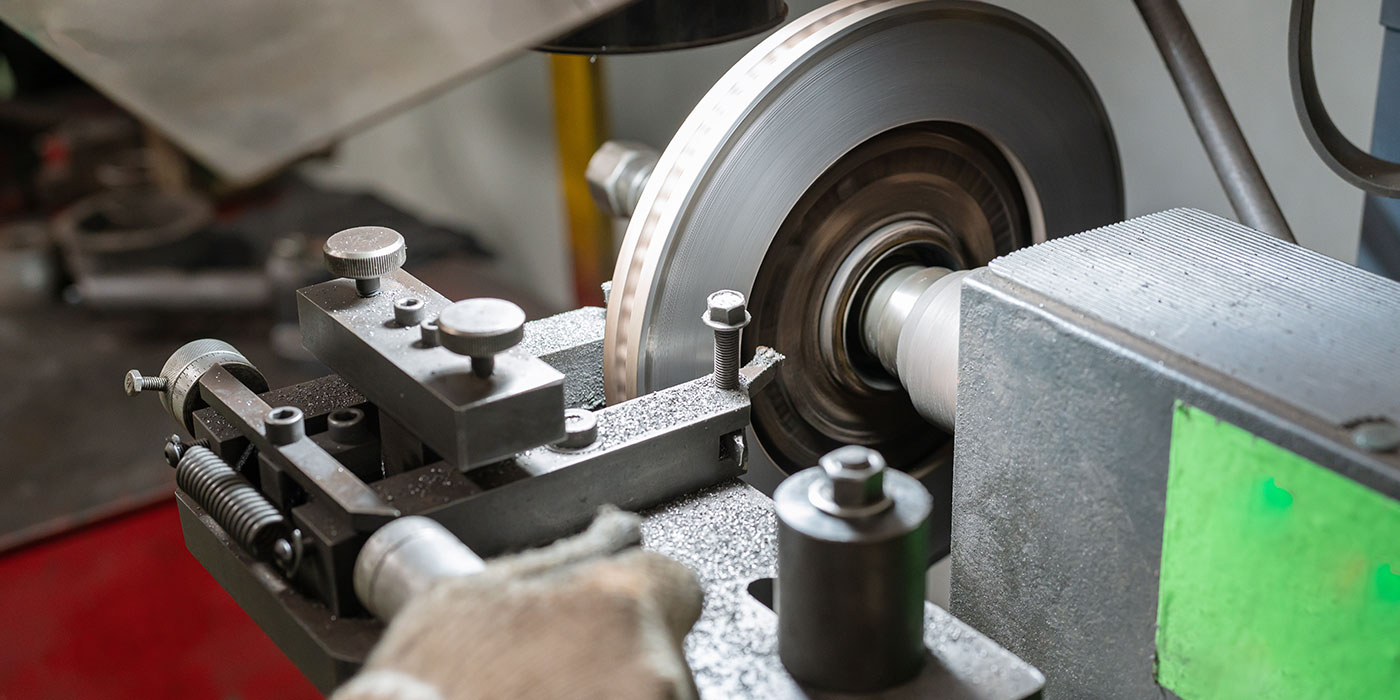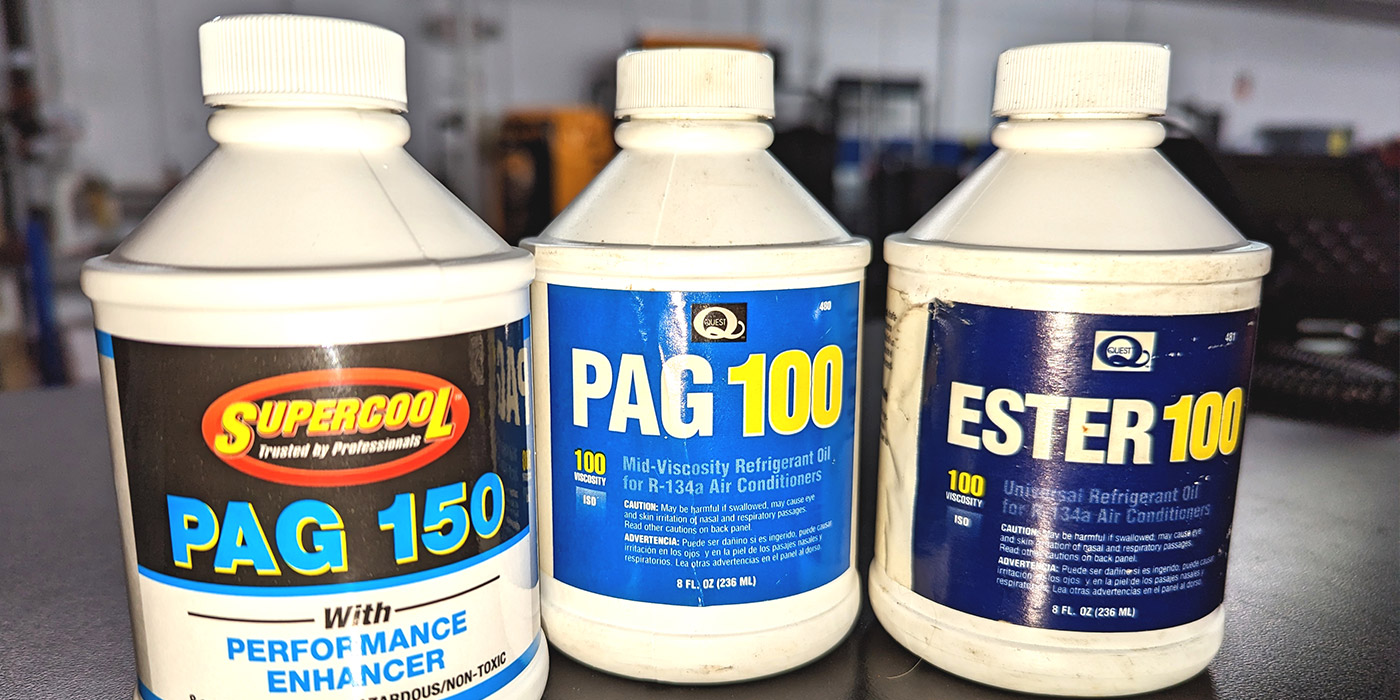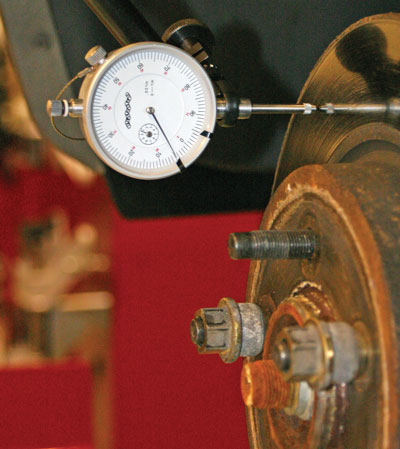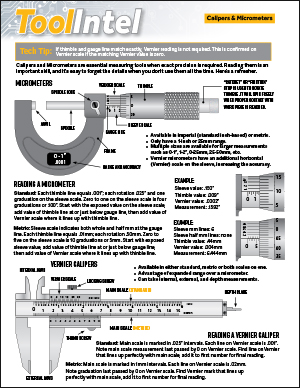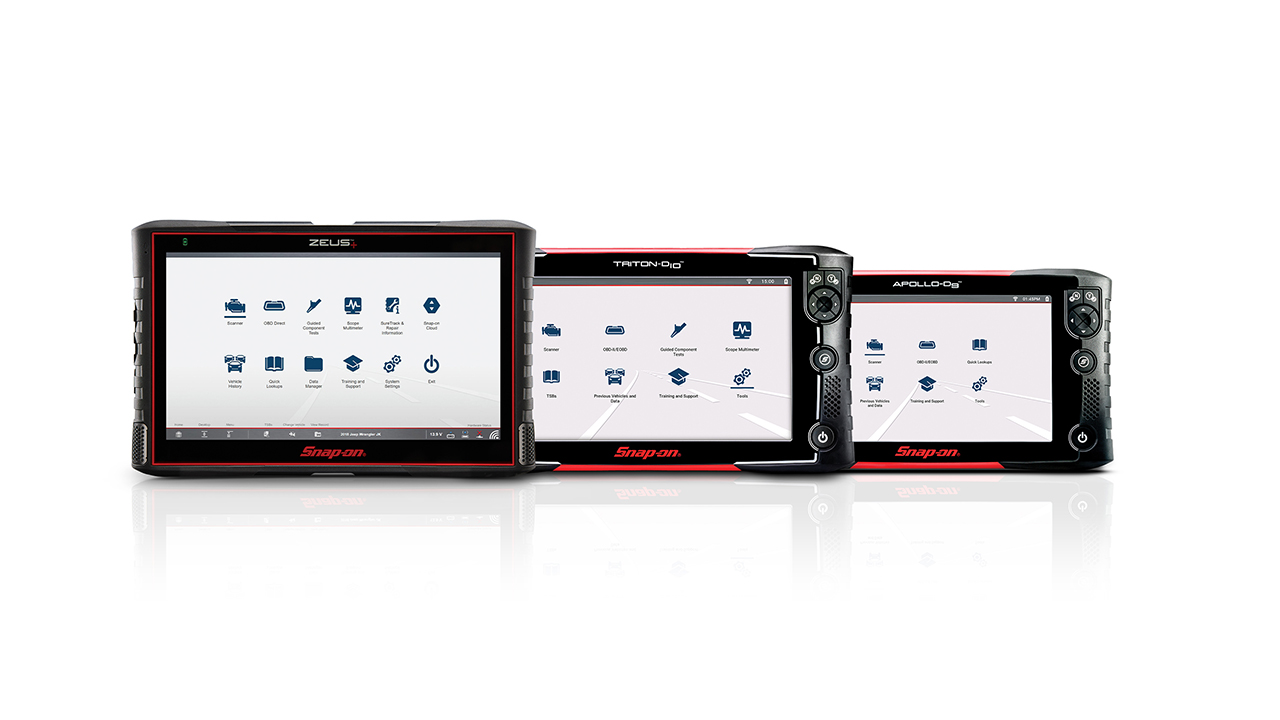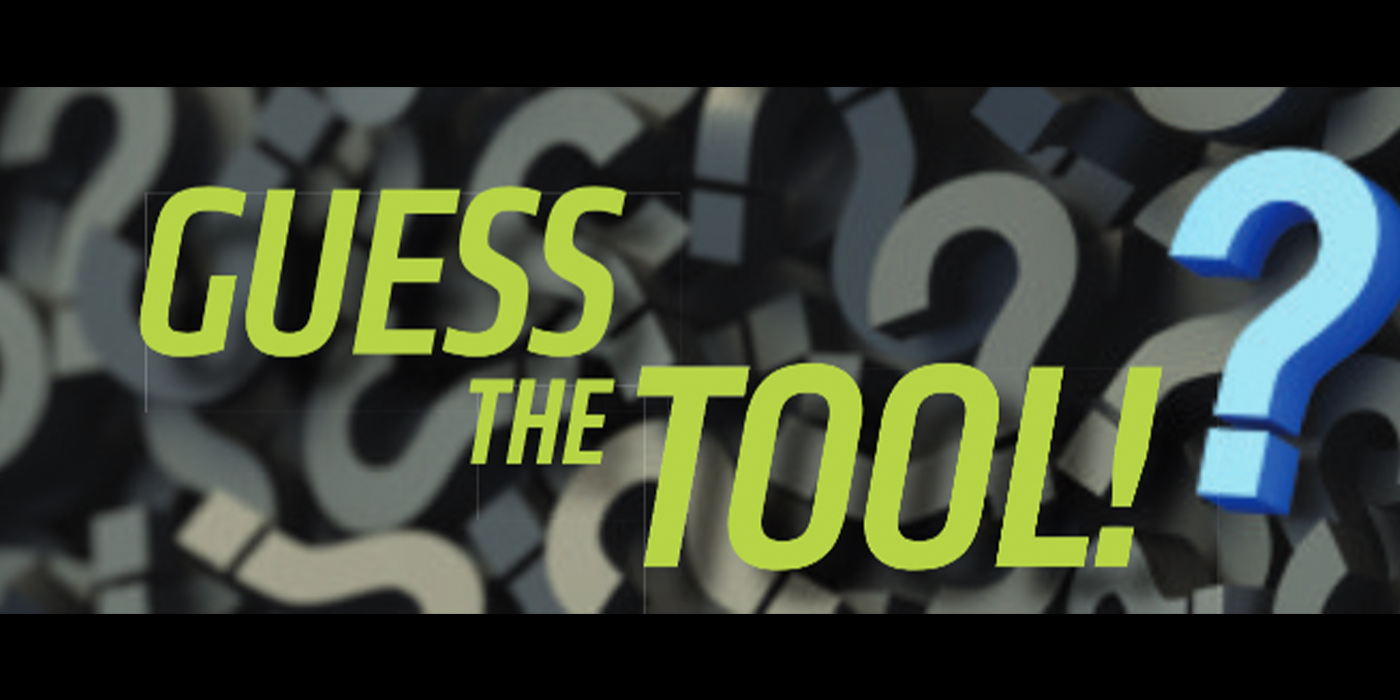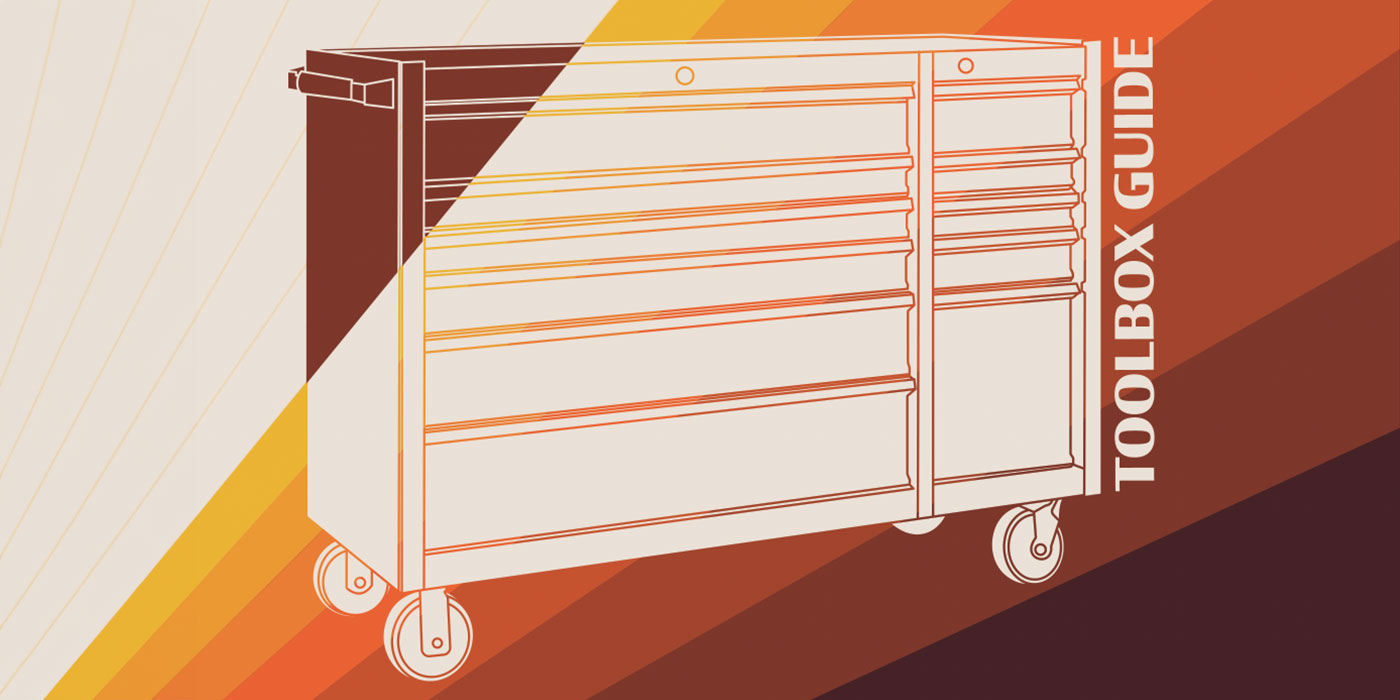Some friction material companies market their products by saying they are third-party tested or tested on their own brake dynamometer. But, understanding what this really means is tough if you do not understand how a brake dynamometer operates.
In the engine performance world, an engine dynamometer is associated with measuring performance. Brake dynamometers also measure performance, but they are also able to simulate the forces of a vehicle.
When an aftermarket brake pad manufacturer is developing or reverse engineering an application, rarely do they test on an actual vehicle. This type of testing is expensive and time consuming. Also, the human element can change the results. A brake dynamometer can test brake systems in a controlled environment that mirrors the real world. Brake dynamometers can run 24 hours a day and can measure the performance of a braking system over its entire lifetime. Plus, would you want to be a brake pad guinea pig?
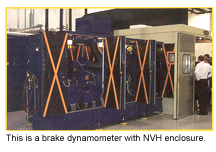 Brake dynamometers can be more sophisticated and larger than an engine dynamometer. Brake dynamometers can simulate the conditions the brake system will experience in a much shorter time. This means that a brake dynamometer can simulate the mass, inertia and performance capabilities of a vehicle.
Brake dynamometers can be more sophisticated and larger than an engine dynamometer. Brake dynamometers can simulate the conditions the brake system will experience in a much shorter time. This means that a brake dynamometer can simulate the mass, inertia and performance capabilities of a vehicle.
The typical brake dynamometer can cost anywhere between $250,000 (used) to more than $1 million. Some brake friction suppliers own dynamometers, while some lease dynamometers from testing companies.
The Drive Section
A brake dynamometer turns a brake assembly. This is done with a large electric motor with 75 to 200 horsepower. The motor is controlled by a computer that can simulate several vehicle inputs.
The motor provides the torque to turn the brake assembly to simulate the vehicle’s forward driving kinetic energy. In other words, it spins the brake system to a set rpm range that is equal to a desired speed.
The dynamometer drive motor also provides the required torques for drag conditions and for simulation of grade effects from mountains to driveways.
The Inertia Section
The inertia section of a brake dynamometer is responsible for simulating the mass and inertia of a vehicle. This section of the dynamometer has large discs that can be up to three feet in diameter. They resemble large flywheels in appearance and function. The operator will add or subtract discs to match a vehicle’s mass and inertia. The drive motor will then spin the discs. During testing, the discs provide the stored energy for deceleration conditions.
A more recent approach is to use the electric motor to simulate the inertia of the vehicle. Modern brake dynamometers provide both methods to simulate the vehicle braking system.
The Brake Enclosure or Test Bed
The output shaft of the inertia section terminates in the enclosure, test bed or cell. Inside the test cell you will find the rotor and caliper of the application they are testing. The rotor and caliper may be mounted to an actual knuckle, or a jig that can hold the components. Typically, the output shaft will attach to the rotor or drum where the wheel attaches.
Hydraulic pressure is provided to the caliper through a computer-controlled servo system. The servo can generate pressure spikes as high as 3,000 psi to simulate a panic stop condition. The enclosure can be equipped to simulate conditions like extreme temperatures and moisture.
The brake assembly and test cell can be instrumented in a variety of ways. Sensors can measure the amount of torque the brake assembly can generate to calculate brake torque and deceleration. Other sensors monitor the amount of hydraulic pressure used by the caliper. A computer uses these inputs to calculate the measured braking force as a function of specific torques and hydraulic pressures.
Thermocouples can be mounted in various locations on the caliper or brake pads or shoes. Measuring the temperature of rotating parts, like the rotor, is done with non-contact pyrometers. Also, sensors can measure disc thickness variation (DTV) or “warping” while the assembly is moving.
The “Cadillac” of brake dynamometers is the noise or NVH brake dynamometer. A modern brake noise dynamometer is a sophisticated test platform for identifying the propensity of a brake to generate squeal and diagnosing noise problems.
What sets a noise or NVH dynamometer apart is the enclosure. It will typically have what looks like a small room attached to the inertia section. This room is insulated to lower background noise. Also, the insulation helps to control environmental conditions like temperature and moisture.
These types of brake dynamometers are typically used by OEMs during product development. But, it is not unheard of an aftermarket brake manufacturer to use this type of brake dynamometer to fine-tune an application.
The instrumentation used to measure unwanted brake noise, like squeaks, squeals and groans, can be very sophisticated. Sensors can range from a microphone to lasers that measure vibration.
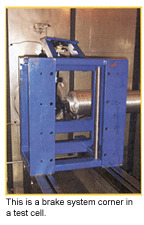 Dual or Single
Dual or Single
Most aftermarket brake testing is performed on single-ended dynamometers utilizing brake components from one corner of the vehicle. The vast majority of inertia dynamometer procedures (SAE, ISO or FMVSS) used by OEMs and the aftermarket are designed for single-ended dynamometers.
Dual-ended dynamometers have brake enclosures or test beds at both ends of the shaft. Dual-ended dynamometers simulate front and rear brake combinations or a complete axle. They can be tested simultaneously providing data on the load sharing and brake balance behavior of the two brake assemblies. Precise control of brake apply pressure at each end of the dual dynamometer is achieved with complex servo control systems. Some aftermarket companies perform testing on dual-ended dynamometers claiming that they provide more accurate results.
Running a Test
Brake inertia dynamometers are used to perform a variety of tests, ranging from quick friction coefficient analysis to FMVSS simulations. Most dynamometers are automated and can run for days with out direct supervision while they are compiling data.
One standard that some aftermarket companies are testing to is SAE J2430. This test is a single-ended brake dynamometer test that in some ways mimics FMVSS 105 or 135. True FMVSS tests are carried out in the field on an actual vehicle. But, in the case of developing aftermarket brake products, this is difficult.
FMVSS 105 and 135 standards look at full deceleration developed by the brake corner assembly (braking torque), and if it can stop a vehicle in a certain distance without exceeding certain brake pedal pressures. FMVSS 135 looks at braking performance if the driver loses brake assist and front or rear lock-up situations.
Being able to simulate these tests and standards on a dynamometer is often more accurate and economical. Also, when you consider that the SAE J2430 standard uses more than 300 stops for the results, you can see why dynamometer testing has its advantages.
The Brake Manufacturers Council (BMC) uses SAE J2430 as a tool for evaluating aftermarket brake linings for Brake Effectiveness Evaluation Procedure (BEEP) certification. After testing friction materials following the SAE J2430 standard, the BEEP model evaluates consistency with FMVSS 105 or 135 performance and the original system’s baseline data.
The Great Dyno Debate
The biggest difficulty in aftermarket dynamometer testing and third-party certification is not time on the dynamometer, but baseline testing for older vehicles for some test standards.
With some aftermarket third-party certifications, it is necessary to have the performance data of the original vehicle with the stock system intact to compare to the new friction materials. If it is a newer vehicle, the stock system can be tested or the OEM’s data can be used.
If an original vehicle or OEM data can’t be found, there is no way to put certain aftermarket certifications on the box. The search for data and test subjects becomes even harder if you are looking for dual-ended dynamometer test data of older vehicles. This is why you may never see some third-party certification for older applications.
In the engineering world, there is a saying that goes: “One test is worth a thousand expert opinions.” This saying is also true for the brake technician.
Knowing that the company you are buying friction products from has taken the time and made the investment to carry out brake dynamometer testing can mean an extra measure of confidence.


